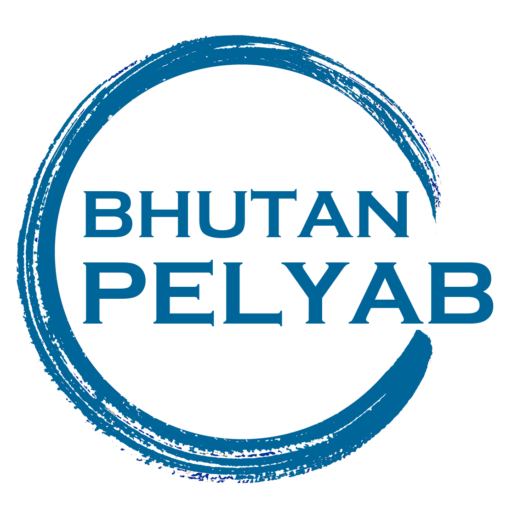Archaeological evidence indicates that Bhutan was inhabited around 2000 BC.
Buddhism was first introduced to Bhutan in the 7th century when the Tibetan King Songtsen Gampo constructed the first two temples: Kyichu Lhakhang in Paro and Jambay Lhakhang in Bumthang.
In the 8th century, Guru Padmasambhava (also known as Guru Rinpoche), a Buddhist master from India arrived to subdue evils and promoted Buddhism in Bhutan. He visited many places in Bhutan and the most sacred place is Taktshang monastery (Tiger‘s Nest) in Paro, the second is Kurjey Lhakhang in Bumthang.
The country came to be known as Druk Yul, meaning “The Land of the Thunder Dragon” in the 17th century.
In 1616 Zhabdrung Ngawang Namgyel, a religious leader of the Drukpa Kagyu in Tibet arrived in Bhutan. The country was first unified in the 17th century under the politically and religiously charismatic of Zhabdrung Ngawang Namgyel. He constructed many dzongs and monasteries throughout Bhutan. The first dzong was built at Simtokha. He had to contend three Tibetan invasions and established a comprehensive system of law and governance that state clergy under a religious leader, the Je Khenpo (Chief Abbot) and the Desi is a temporal chief. The country was divided into three large provinces, Dagana, Paro and Trongsa and headed by governors (penlops). In 1651 he went into retreat at Punakha and died in the same year. But the Je Khenpo announced the death of the Zhabdrung in 1705, it was kept as a secret for over 54 years. It is believed that the four successive desis who ruled during this period felt that the continued presence of the Zhabdrung was necessary to keep the country unified and Tibet at bay. He devised many of Bhutan’s customs, traditions and ceremonies in a deliberate effort to develop a unique cultural identity for the country.
Trongsa Penlop Jigme Namgyal became one of the strongest leaders by a network of alliances and his own political genius after 1865. He died in 1881 and bequeathed the position of Penlop of Trongsa to his son, Ugyen Wangchuck who was born in 1862, became the first hereditary King of Bhutan in 1907 and died in 1926. He developed closer relations with the British. He also served as an intermediary in the delicate negotiations between Tibet and Britain.
In 1926, Jigme Wangchuck who was born in 1905, became the second King of Bhutan and reigned until his death in 1952. After India gained independence from Britain in 1947, the new Indian government recognised Bhutan as an independent country. Bhutan signed a treaty with independent India in 1949.The reigns of the first two kings were marked by political stability and prosperity.
In 1952, Jigme Dorji Wangchuck who was born in 1929, became the third King of Bhutan and considered the father of modern Bhutan. He initiated modernization and democratization for Bhutan and preserve Bhutanese culture and tradition together by abolishment serfdom, reorganised land holdings and established the Royal Bhutan Army, police force, the High Court. He also established the National Assembly. In 1971 Bhutan became a member of the United Nations.
In 1972, Jigme Singye Wangchuck born in 1955, became the fourth King of Bhutan at the age of 17 and continued his father’s program of modernization. He has emphasized modernization of education, health services, rural development and communication, also preserve Bhutan’s rich religious and cultural heritage, environment. He was a creator of the philosophy “Gross National Happiness”.
Jigme Khesar Namgyel Wangchuck is the fifth and current reigning Druk Gyalpo born in 1980, became the fifth King of Bhutan on December 9, 2006. A public coronation ceremony was held on 1 November 2008, an auspicious year that marked 100 years of monarchy in Bhutan. He has seen the enactment of the Constitution of 2008 and the democratic elections of both houses of Parliament and three levels of local government.

